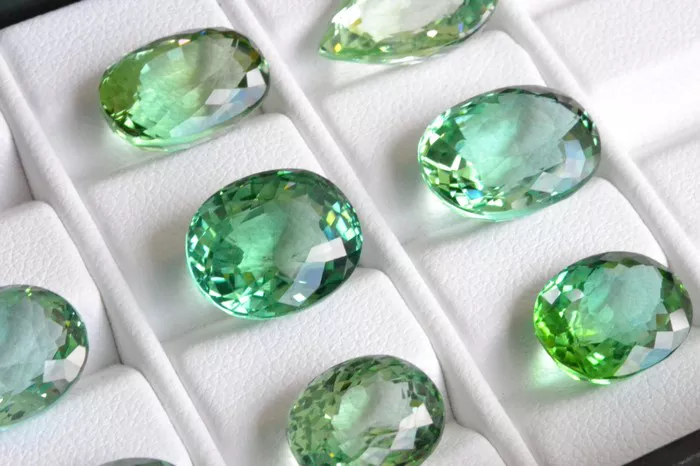Emeralds are one of the most coveted gemstones in the world, known for their stunning green hue and captivating beauty. However, despite their popularity, emeralds are remarkably rare compared to other gemstones like diamonds or sapphires. In this article, we will delve into the reasons behind the scarcity of emeralds, exploring their unique characteristics, origins, and the geological processes that contribute to their rarity.
Understanding Emeralds
Emeralds are a variety of the mineral beryl, which is composed of beryllium aluminum cyclosilicate. What sets emeralds apart is their distinct green color, which is caused by trace amounts of chromium, vanadium, or iron in the crystal structure. The intensity and shade of green can vary widely, from pale to deep, vivid greens. Emeralds are valued based on factors such as color, clarity, cut, and carat weight, with vivid, intensely colored stones commanding the highest prices.
Origin of Emeralds
The formation of emeralds dates back millions of years and involves a combination of geological processes. Most emeralds are formed in hydrothermal veins, where hot, mineral-rich fluids flow through cracks in the Earth’s crust. These fluids carry dissolved elements such as beryllium, aluminum, and chromium, which crystallize over time to form emerald deposits. Additionally, emeralds can also form in pegmatites, which are coarse-grained igneous rocks that contain high concentrations of minerals.
Why Are Emeralds So Rare
There are several factors that contribute to the rarity of emeralds:
Geological Conditions: The formation of emeralds requires specific geological conditions, including the presence of beryllium, aluminum, and chromium-bearing rocks, as well as the right temperature and pressure conditions for crystallization to occur. These conditions are relatively rare, limiting the locations where emeralds can form.
Geological Events: Even in areas where the necessary geological conditions exist, the formation of emeralds is still a rare occurrence. Geological events such as tectonic movements, volcanic activity, and erosion can disrupt or destroy emerald deposits before they fully develop, further reducing their abundance.
Slow Growth Rate: Emeralds have a slow growth rate compared to other gemstones, which means that it takes millions of years for significant deposits to accumulate. The process of emerald formation involves the gradual deposition of minerals from hydrothermal fluids, resulting in relatively small crystals over extended periods.
Geological Rarity: Unlike diamonds, which are found in various geological formations around the world, emeralds are predominantly found in specific geological settings, such as certain types of metamorphic and igneous rocks. This limited distribution further contributes to their rarity.
Quality Factors: Not all emeralds are created equal, and high-quality stones with intense color and minimal inclusions are particularly rare. The majority of emeralds on the market are heavily included and require treatment to improve their clarity and color, further reducing the supply of natural, untreated stones.
Conclusion
In conclusion, emeralds are rare and precious gemstones due to a combination of geological factors, slow growth rates, and limited distribution. Their exquisite beauty and scarcity make them highly sought after by collectors and connoisseurs alike, ensuring that emeralds will remain prized treasures for generations to come.


